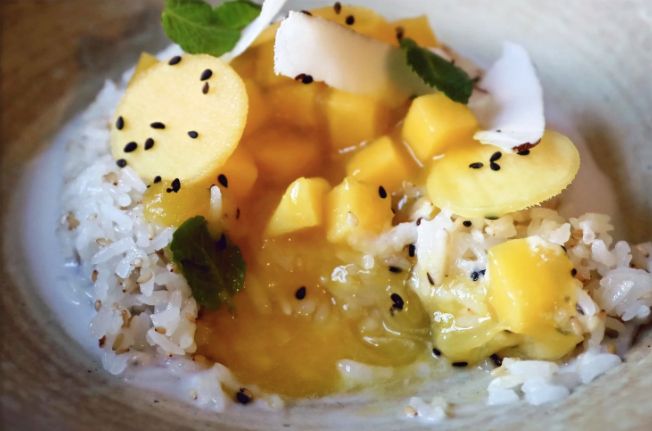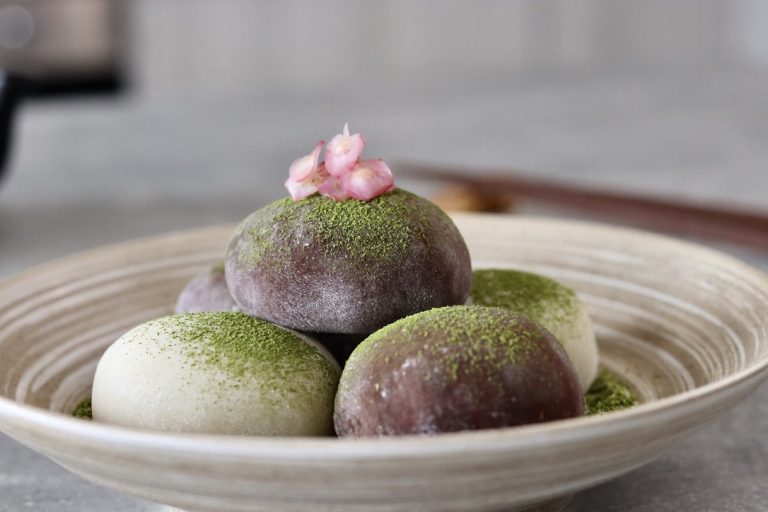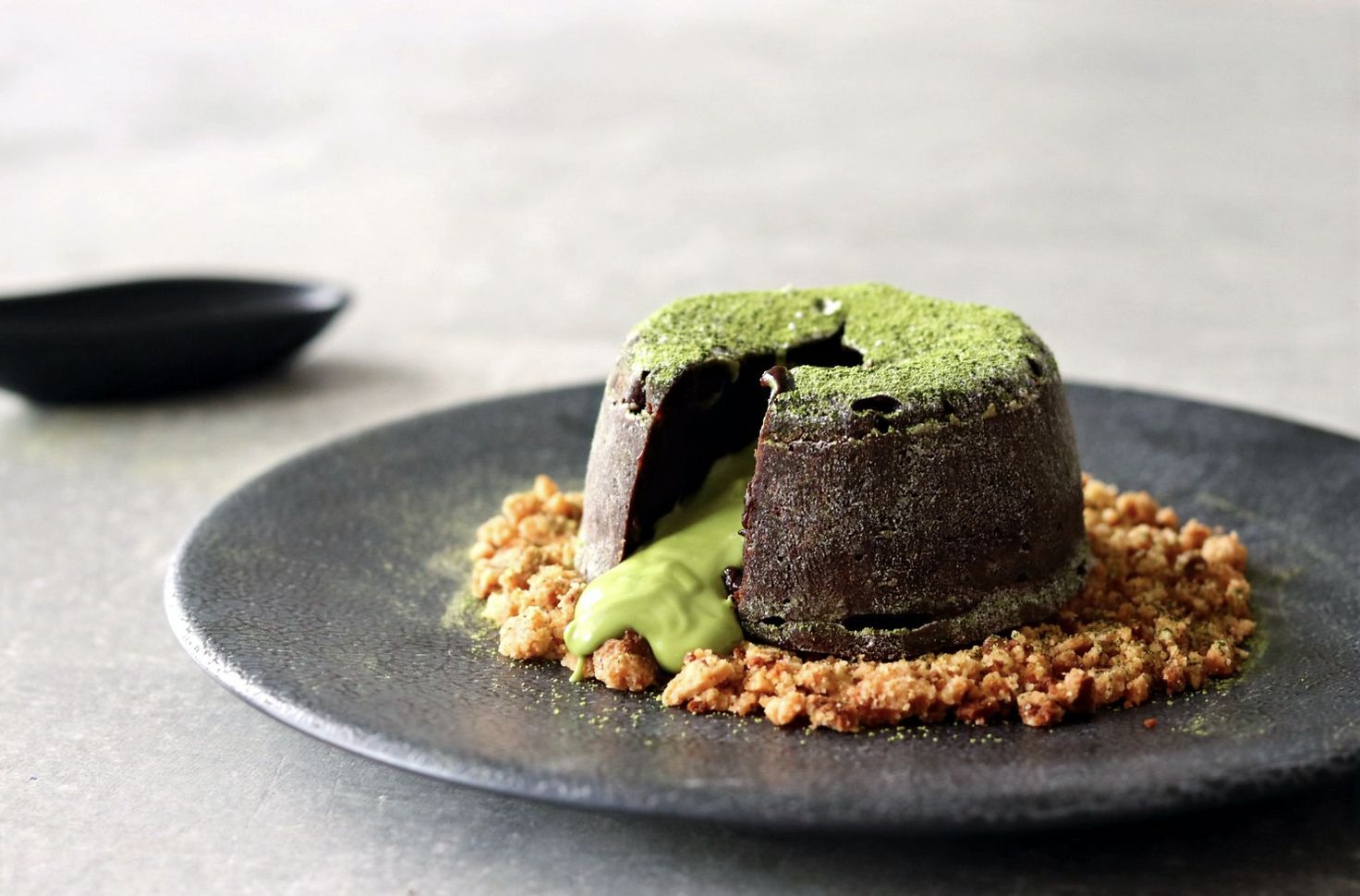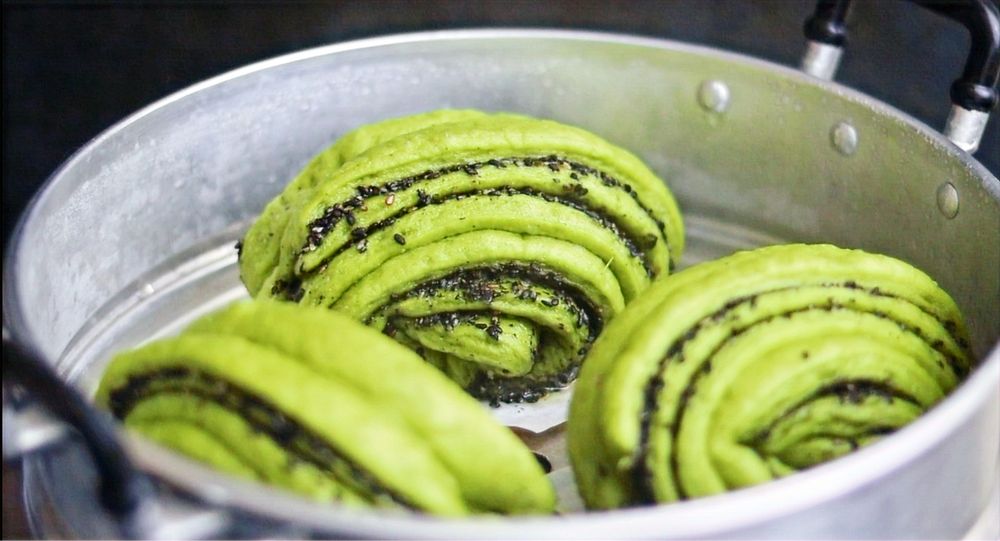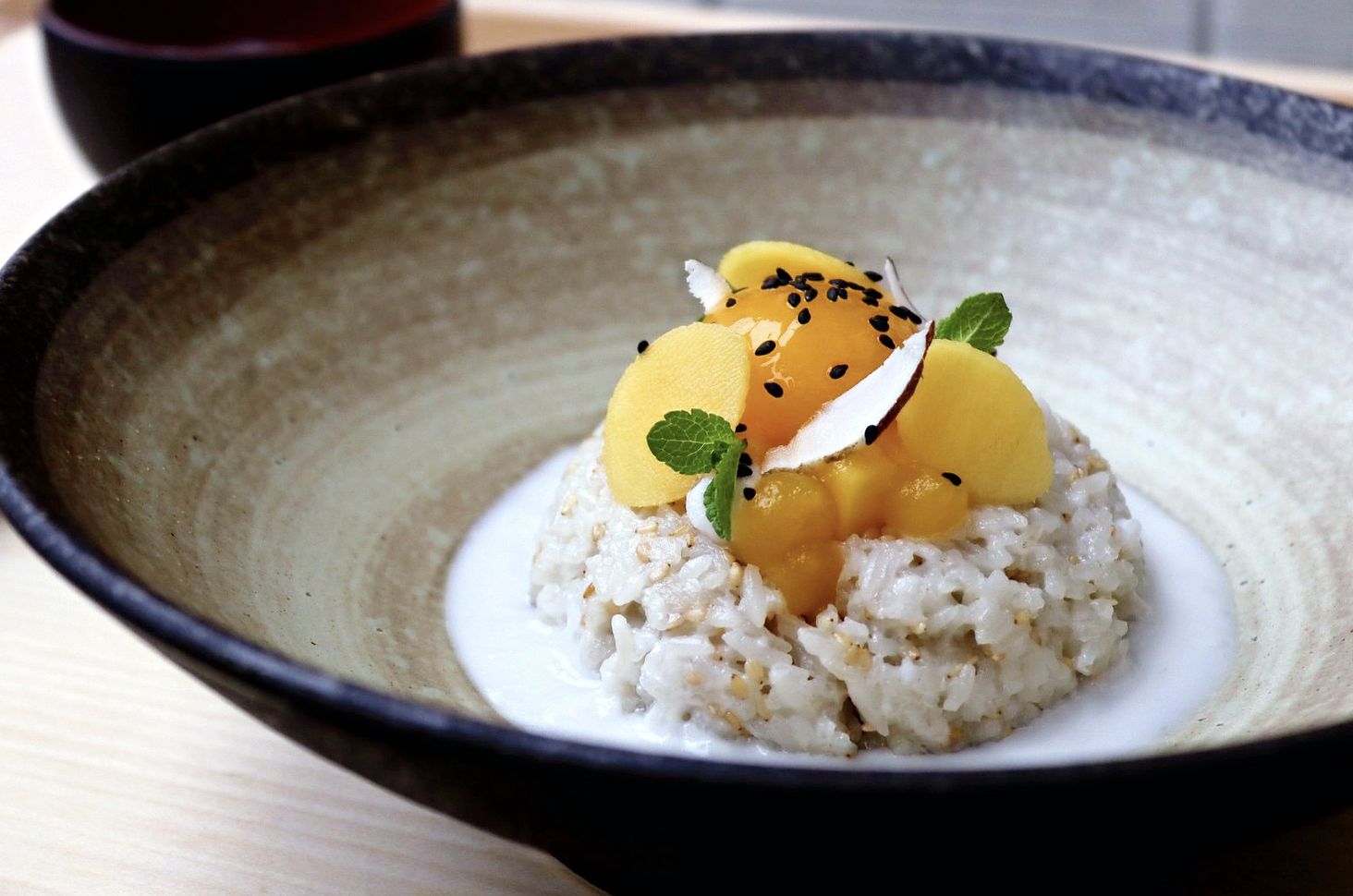
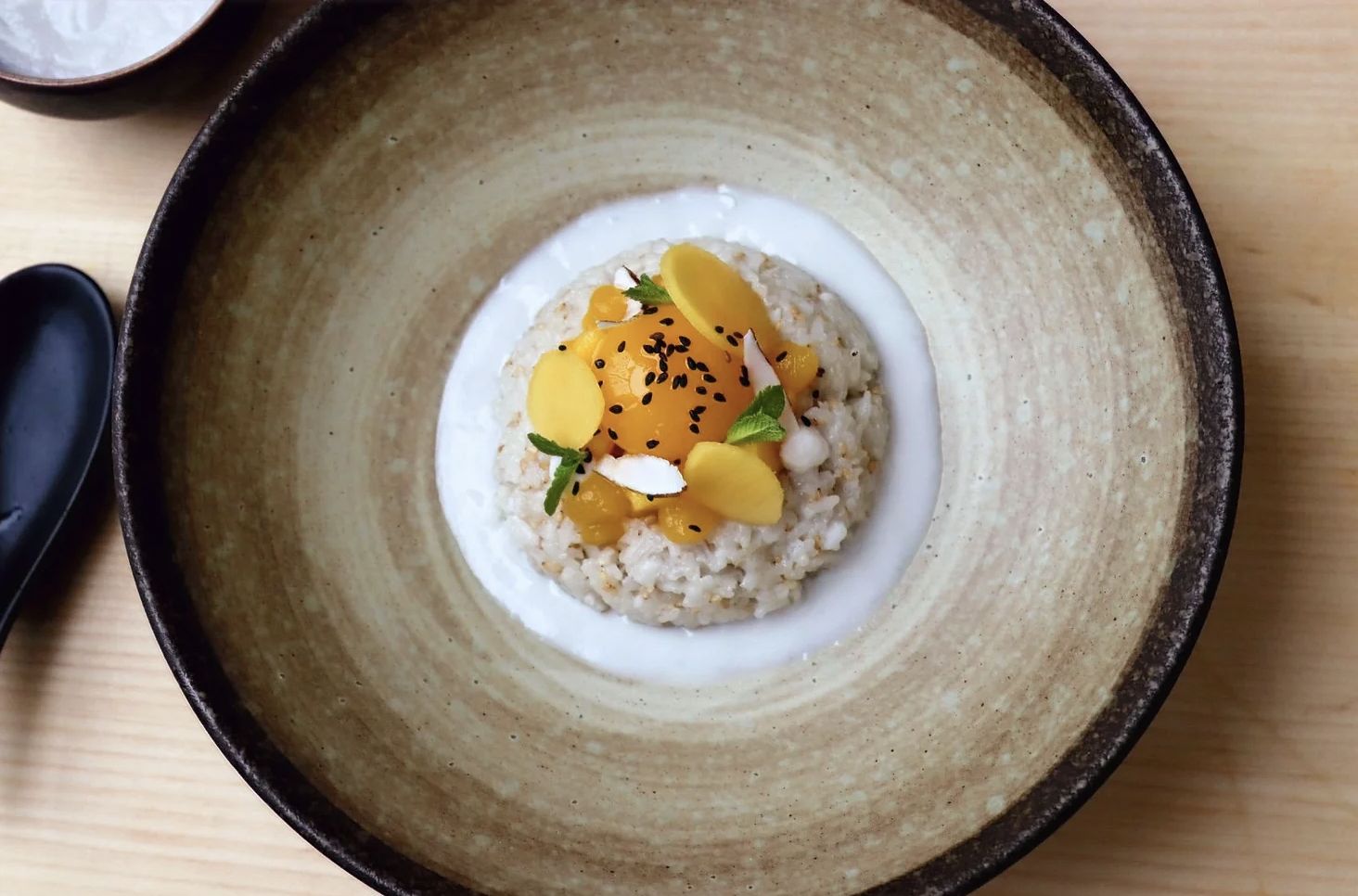
Intro:
Method:
Sticky Rice:
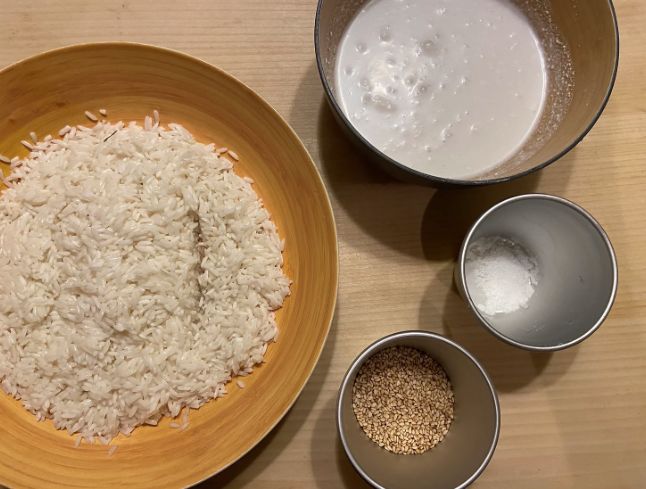
1. Let’s begin with the sticky rice, before we steam add 300g of Thai glutinous rice to a container then fill with cold water. Allow the rice to soak for 1 hour then when ready drain and wash under cold running water. Place the drained rice into a shallow tray then add to a hot steamer and steam for 1 hour until completely cooked. (Cooking times may vary depending on what brand of rice you use). When completely cooked remove the sticky rice from the steamer and allow to cool to room temperature.
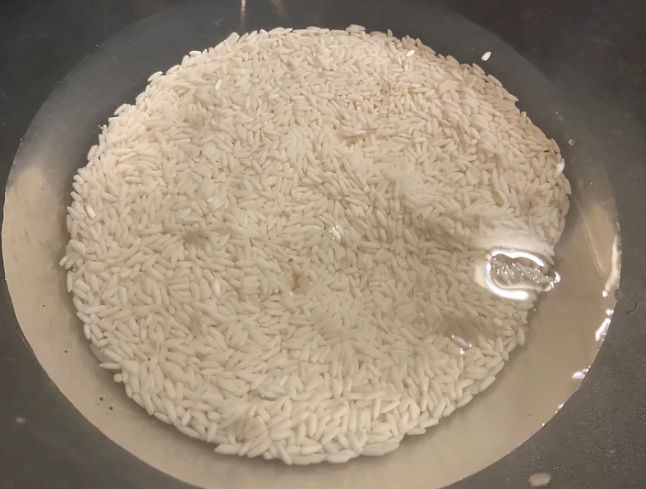
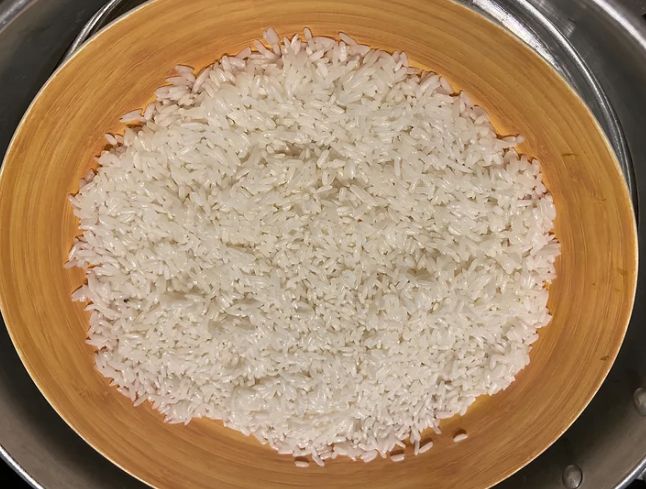
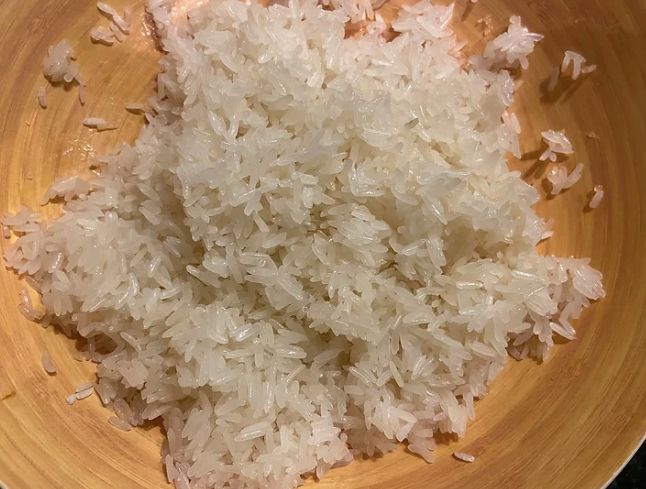
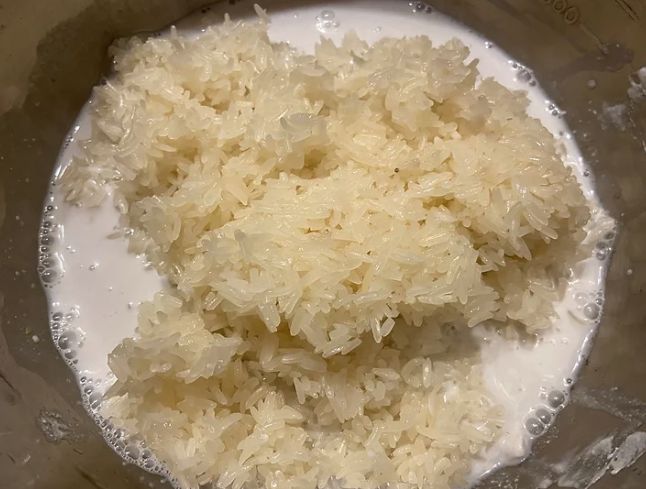
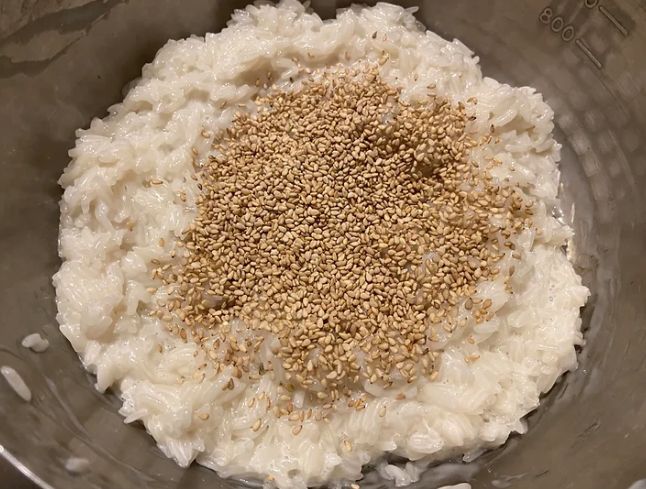
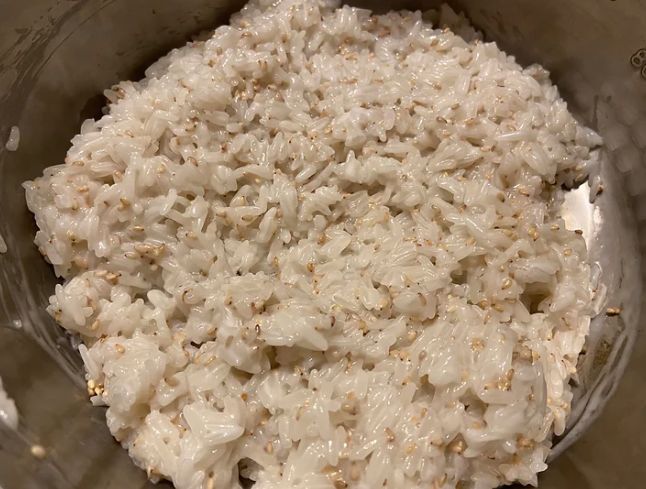
Mango gel and filling:
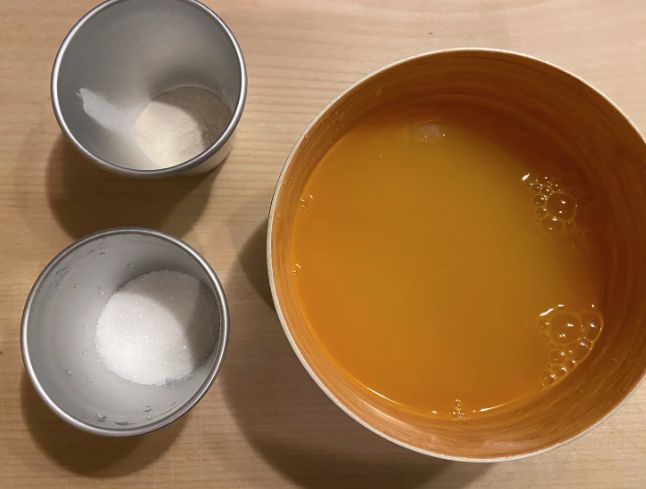
3. Moving onto the filling and gel that we will add to the centre of the rice when served to give that intense mango flavour. Starting with the gel, add 400mls of mango juice to a sauce pan and place onto a high heat. Now add 30g of white sugar then when the liquid comes up to a boil add 4g of agar agar and mix well. Boil for 2 minutes then remove from the heat and pass the liquid through a fine sieve into a container. When cool place the liquid into the refrigerator and allow to set to a jelly.
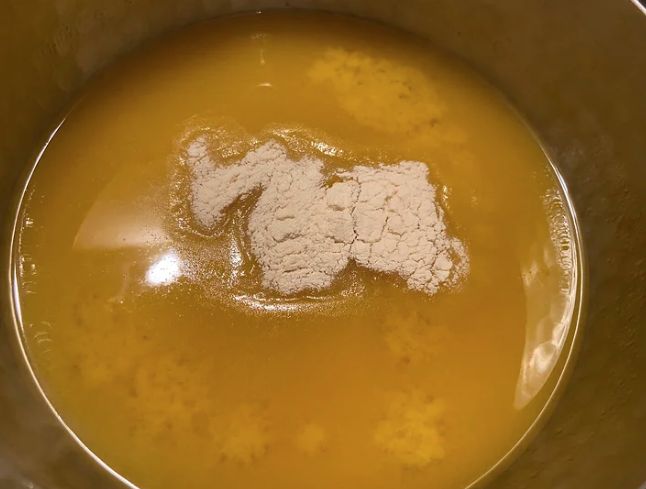
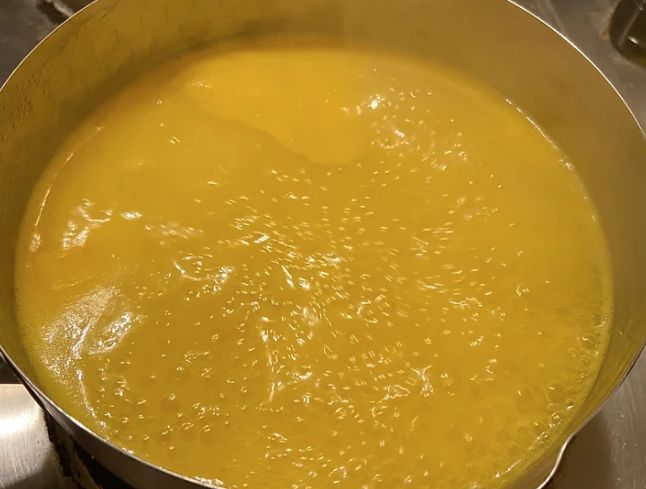
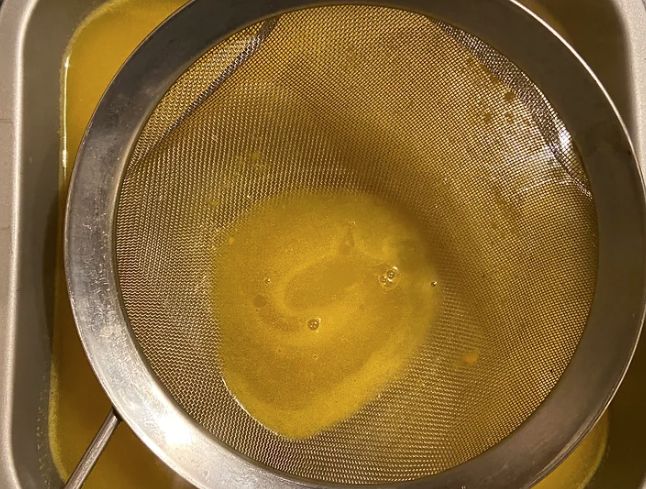
4. When set cut the jelly into cubes then add the jelly cubes to a food processor. Pulse until a smooth gel is formed then when ready pass the gel through a fine sieve into a fresh container.
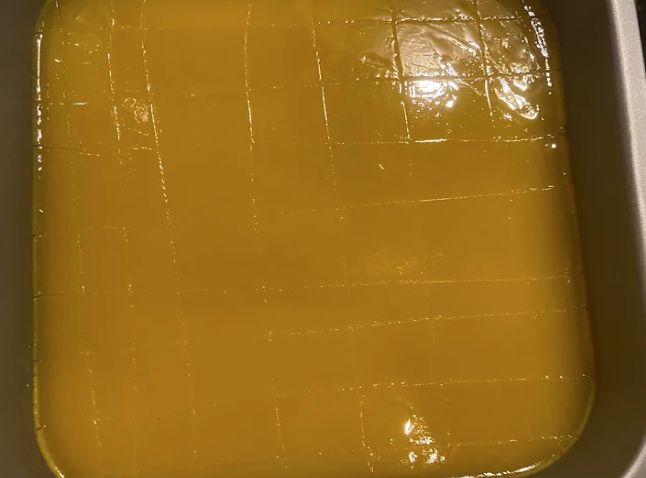
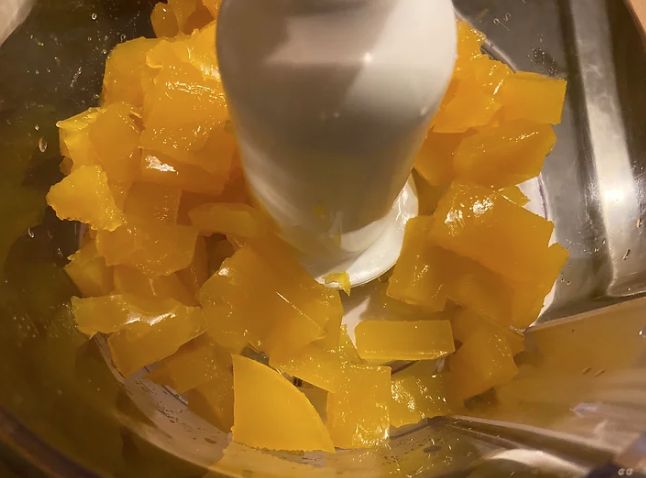
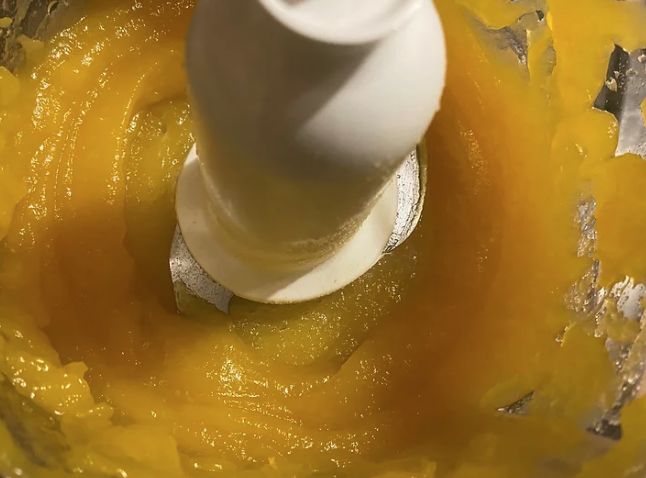
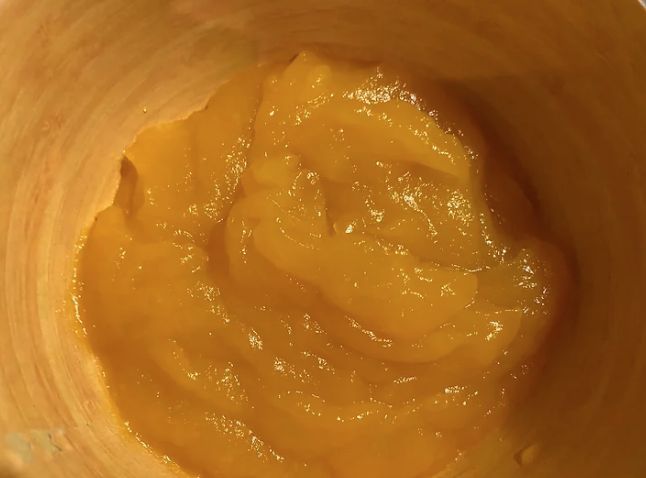
5. Now that we have our gel divide the gel into 2 as we will use half of the gel to finish the dish and the other to make the base of the mango filling. To make up the mango filling begin by peeling then slicing 1 mango into an approximately 1cm small dice. Add the diced mango to half of the gel then add the zest of 1 lime and a squeeze of the juice. Mix well then cover the mango filling and store in the refrigerator until ready to serve. Place the remaining mango gel into a squeeze bottle or small piping bag and also store this until ready to serve.
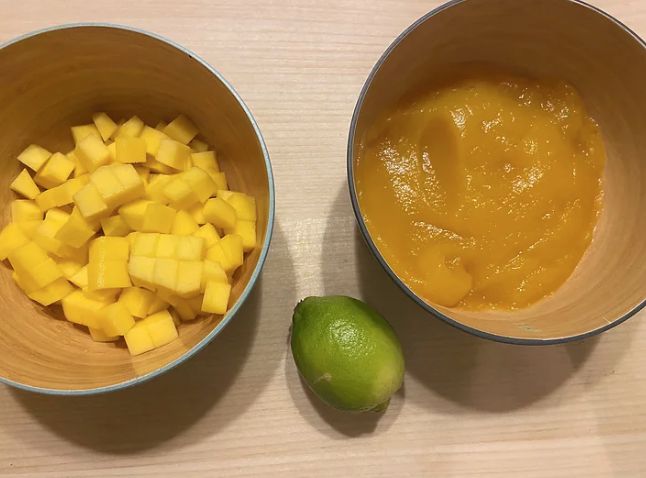
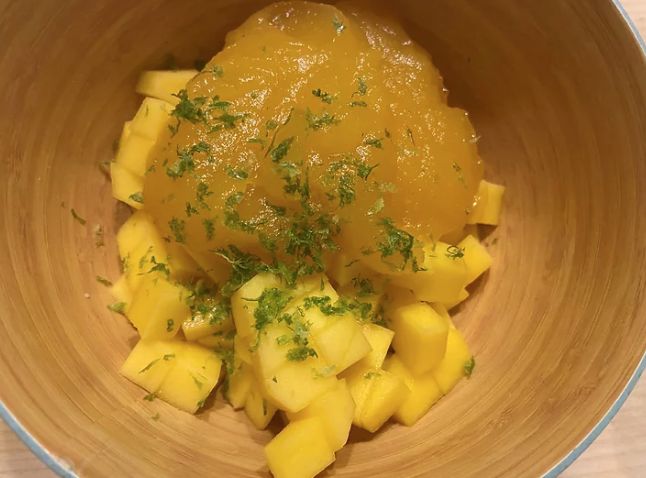
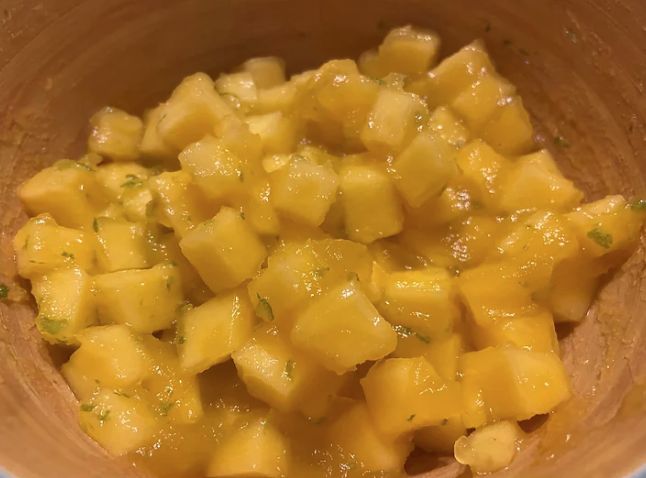
Mango Slices:
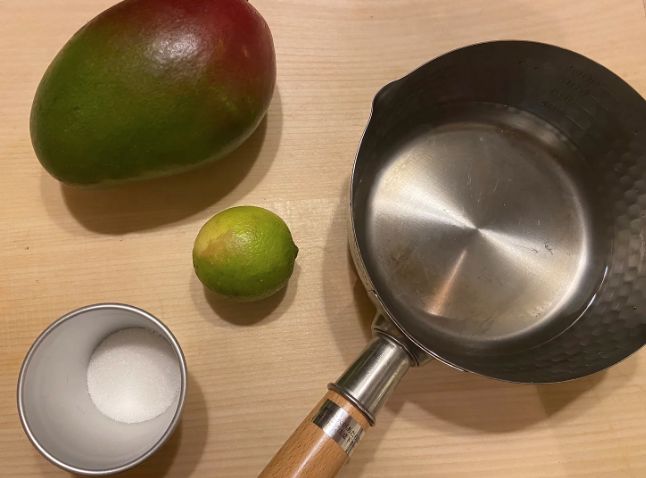
6. To add another mango element to the sticky rice let’s briefly soak some fresh mango in a fresh citrusy stock syrup. To make up the stock syrup add 200mls of water to a small sauce pan then add 50g of white sugar and the juice and remaining lime then place onto a high heat. Bring the liquid up the boil then whisk well to dissolve the liquid. When ready add the stock syrup to a small container and allow to completely cool. Whilst waiting on the liquid to cool peel and slice one under ripe mango into thin slices. Cut the mango slices into desired shapes then add to the stock syrup when cooled. (To cut the mango into uniformed disks I simply used a small ring cutter). Store the mango pieces in the stock syrup until ready to serve.
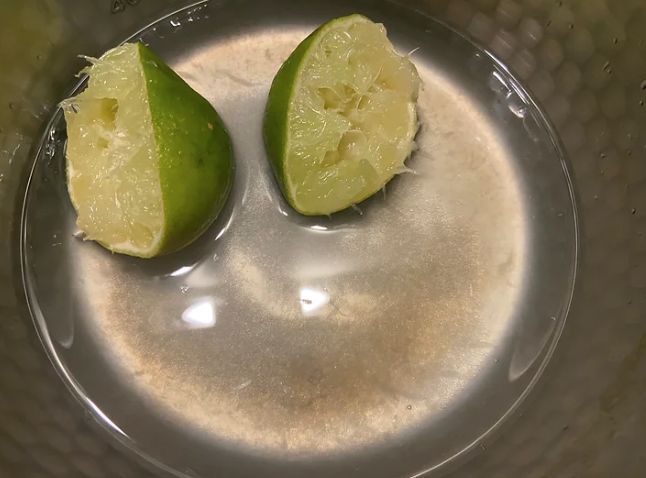
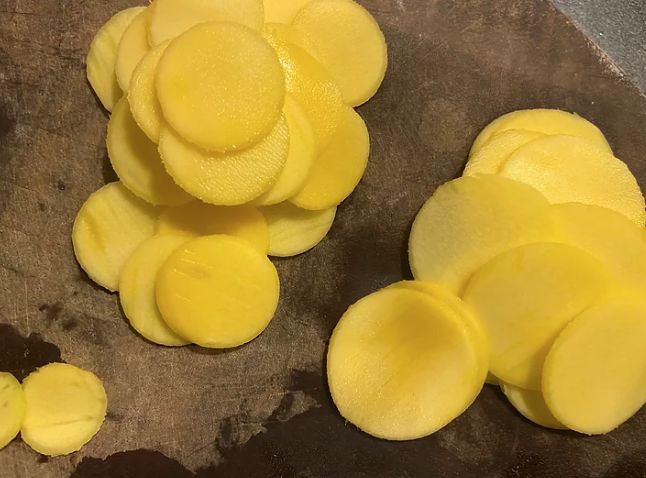
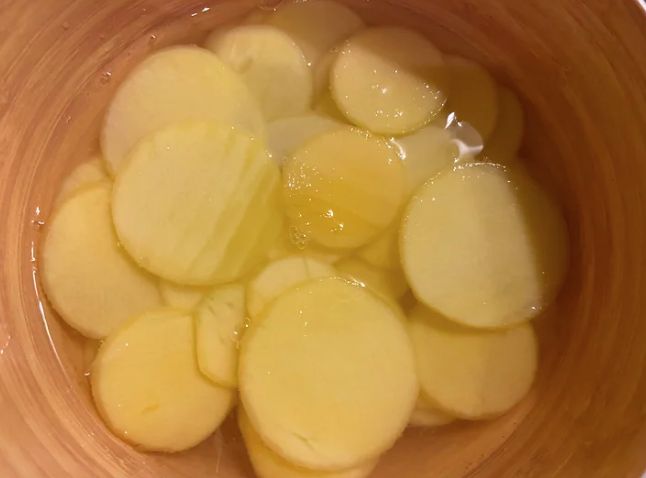
Mango Spheres:
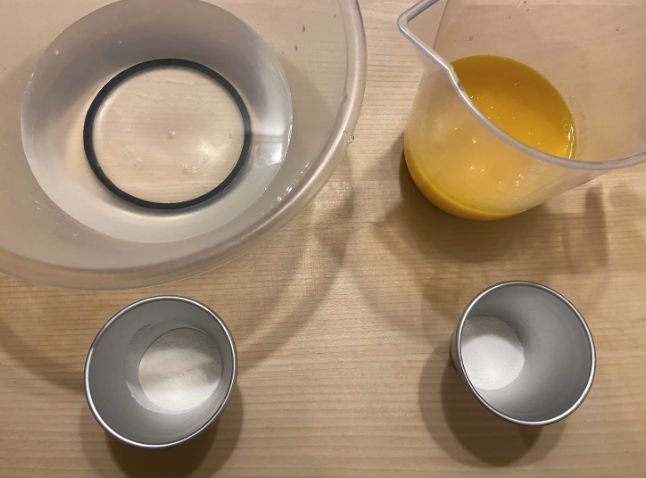
7. For the spheres you will need to source 2 key ingredients to make the spherification process possible. These key ingredients are sodium alginate and calcium lactate. This step in the recipe can be left out, however, making the spheres completely changes the game. The first component we need to make up when making the spheres is the Alginate bath. To do this simply measure out 500ml of water then add 5g of sodium alginate to the water. Use a hand blender then pulse until the sodium alginate completely incorporates into the water. When ready cover the liquid and allow to rest in the refrigerator for at least 1 hour or the night before if possible. By doing this all of the air bubbles would have settled creating a clear liquid.
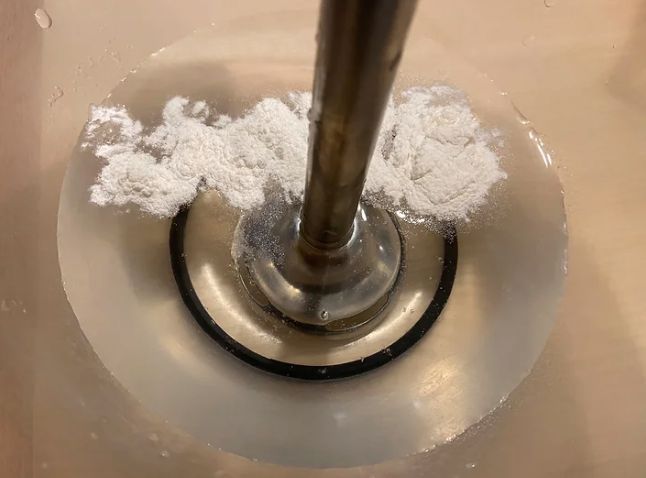
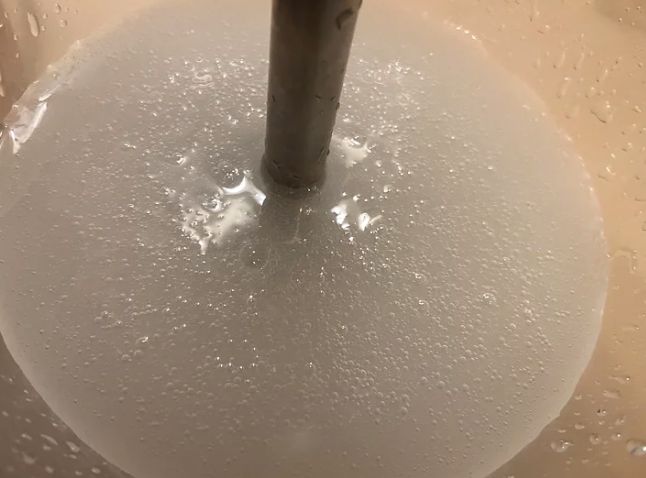
8. Whilst we wait on the alginate bath to settle we can now make up the mango liquid that we will turn into the spheres. Peel and dice 1 ripe mango then add to a food processor, next add 200mls of mango juice and 30g of white sugar and pulse until completely smooth. When smooth pass the liquid through a fine sieve then measure 300g of the mango juice and add to a small bowl.
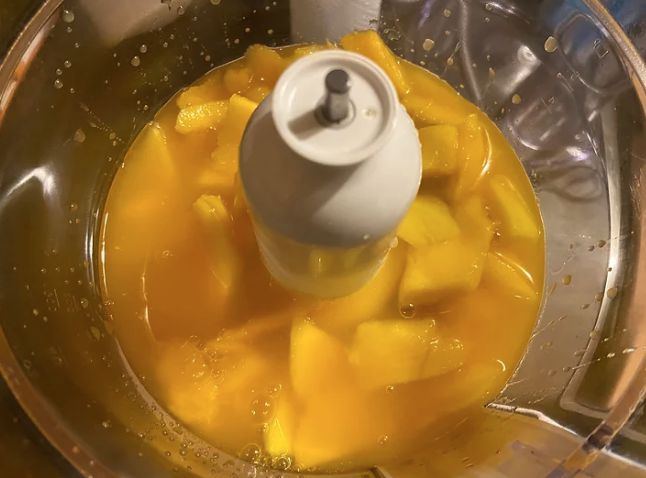
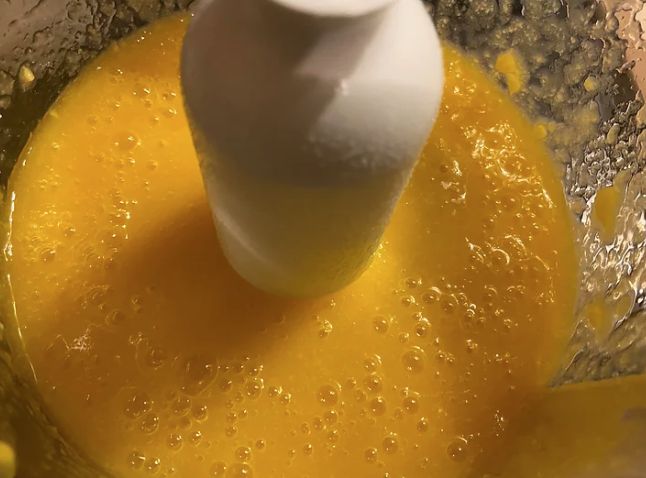
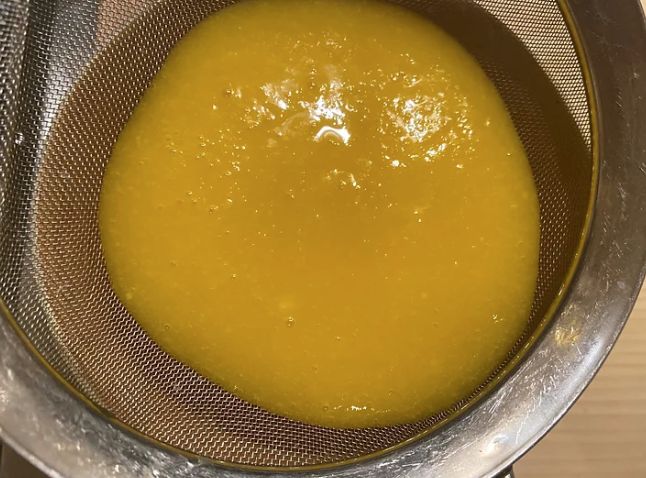
9. To the 300g of mango juice we want to add 6g of calcium lactate then again pulse with a hand blender until smooth. Allow the mango juice to rest and release of any air bubbles then when settled we can start the spherification process. To make things easier a full proof way of doing this is to add the mango juice to a small silicone sphere mould then freeze. This step can be skipped and spooned directly into the alginate bath if you prefer. When frozen or ready to go, prepare a small bowl of fresh water, a slotted spoon and the alginate bath ready to begin.
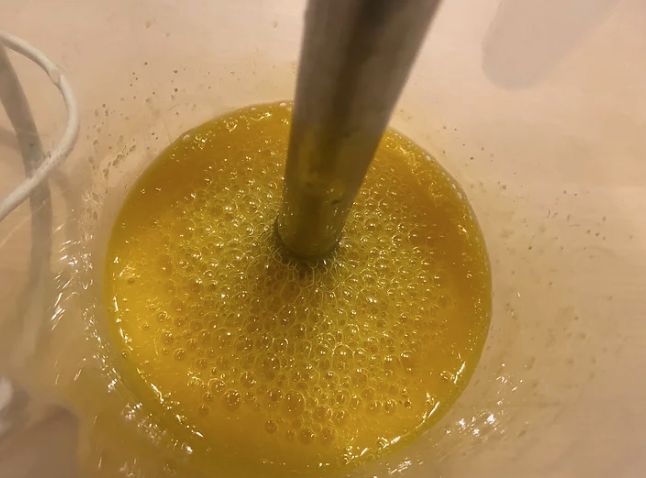
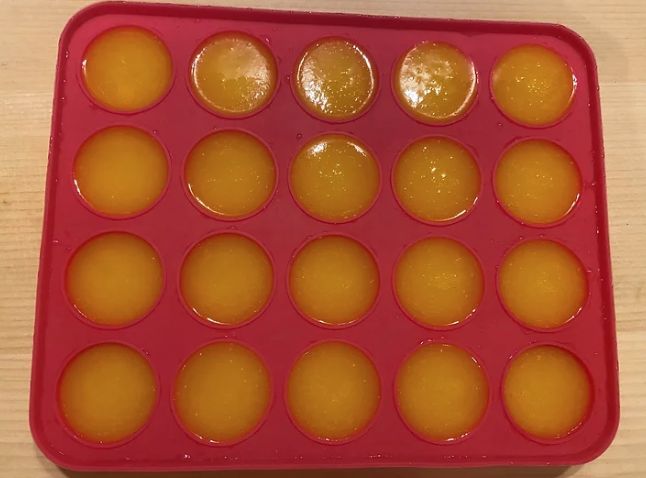
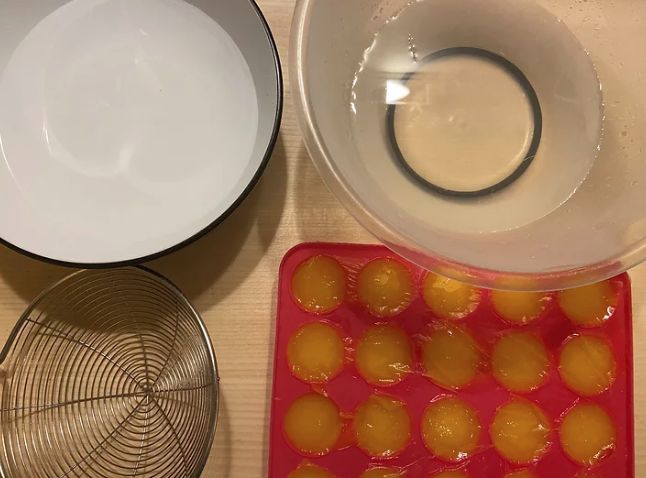
10. To create the spheres, carefully add either the frozen sphere or a spoonful of the mango mix to the alginate bath then gently stir. Allow to settle in the alginate bath for 45-60 seconds until the liquid forms a small membrane around it. When ready use a slotted spoon to remove the sphere and place into a bowl of cold fresh water to clean. Repeat this for all of the spheres then when cleaned they are ready to use. These are best stored in a fruit liquid if you want to make them up in advance as if left out they will begin to dry after 20 minutes.
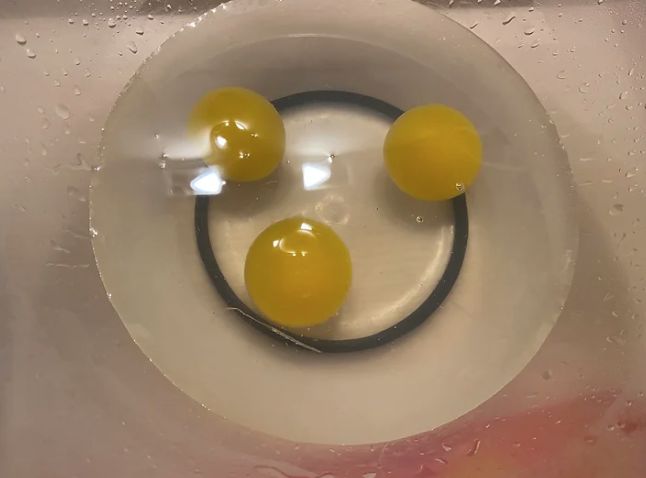
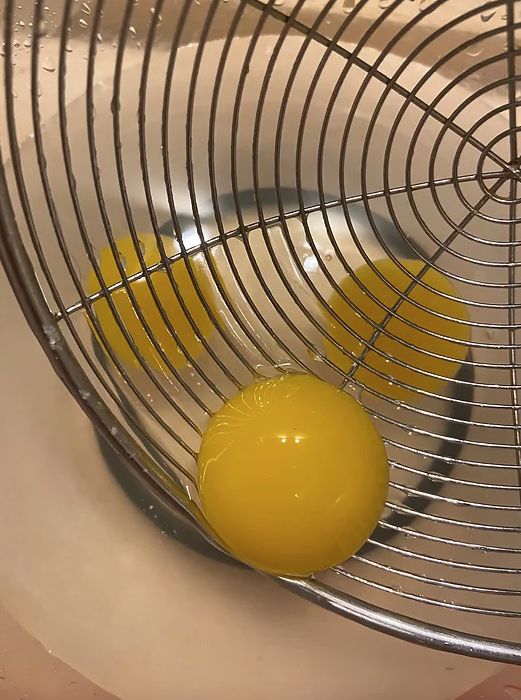
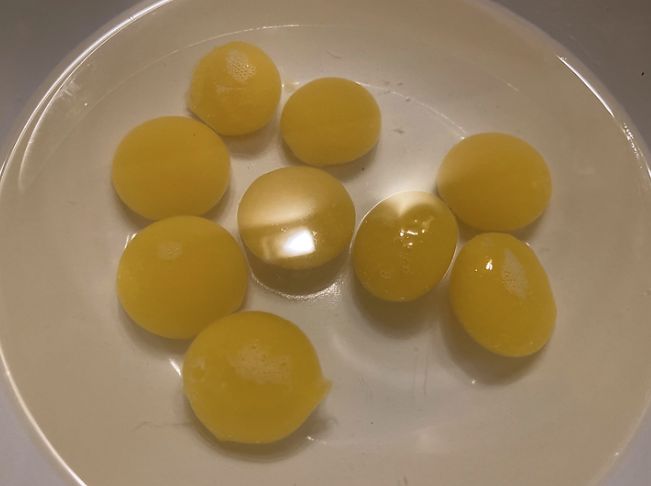
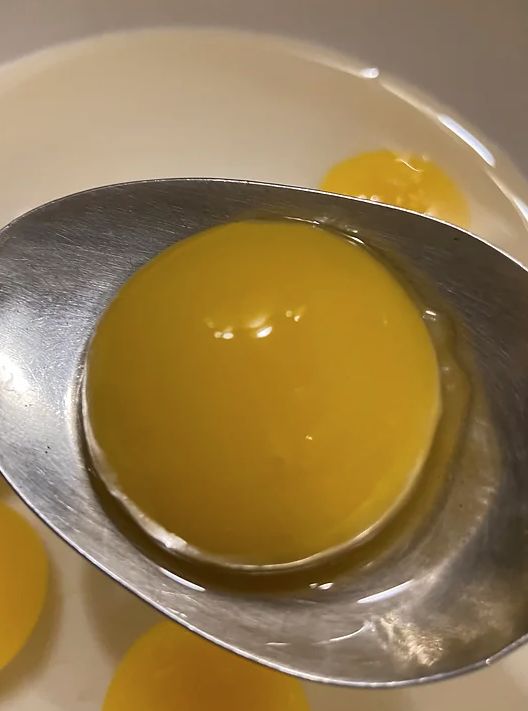
Coconut Syrup:
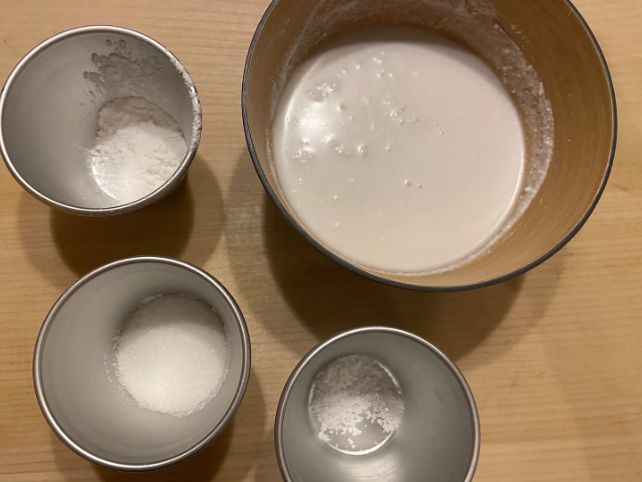
11. The last and most simple component left to make before we serve is the slightly salty, sweet thickened coconut cream. This sauce is traditionally served with mango sticky rice and helps bring the dish together. In a small saucepan simply add 300mls of coconut milk, 50g white sugar, 1 tsp salt and 1 tbsp of rice flour. Place onto a medium heat and slowly bring the coconut milk up to a simmer to dissolve the sugar and thicken. When the consistency can easily coat the back of a spoon remove from the heat and we are now set to serve.
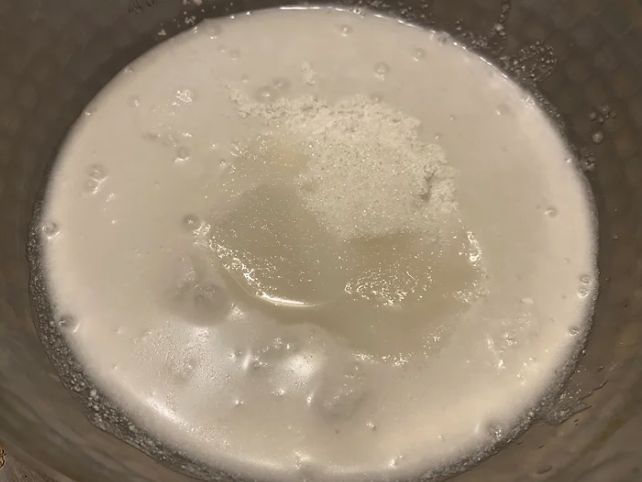
12. To serve, reheat the sticky rice either in a pan or steamer then add to the centre of a bowl. Make a small well in the centre of the rice then add a generous amount of the mango filling in the rice. Place a mango sphere on top then pipe some of the mango gel around the sphere. Finish with a few pieces of the sliced mango from the stock syrup then add some coconut shavings, black sesame, a few mint leaves and finally the warm coconut syrup around the rice! Hope you enjoy my take on a classic Thai mango sticky rice!
